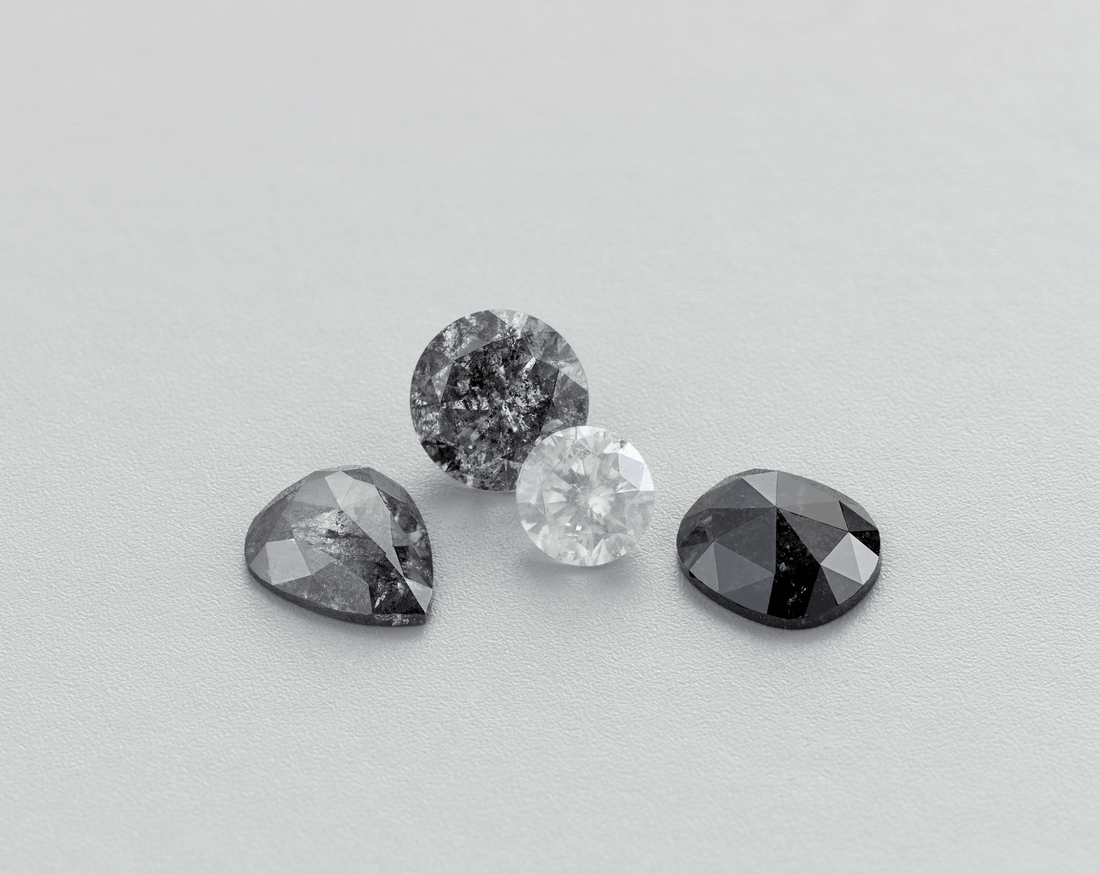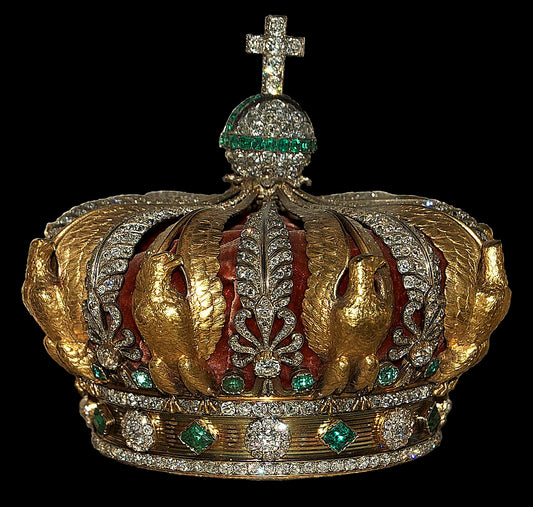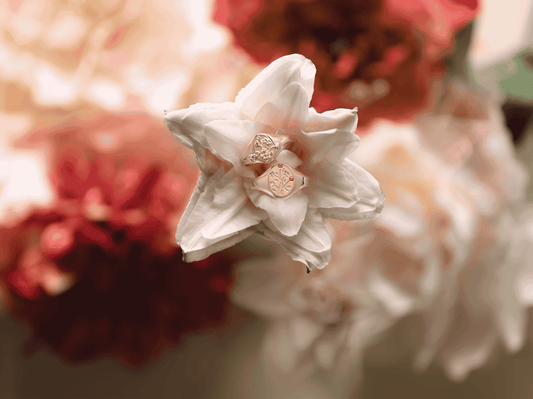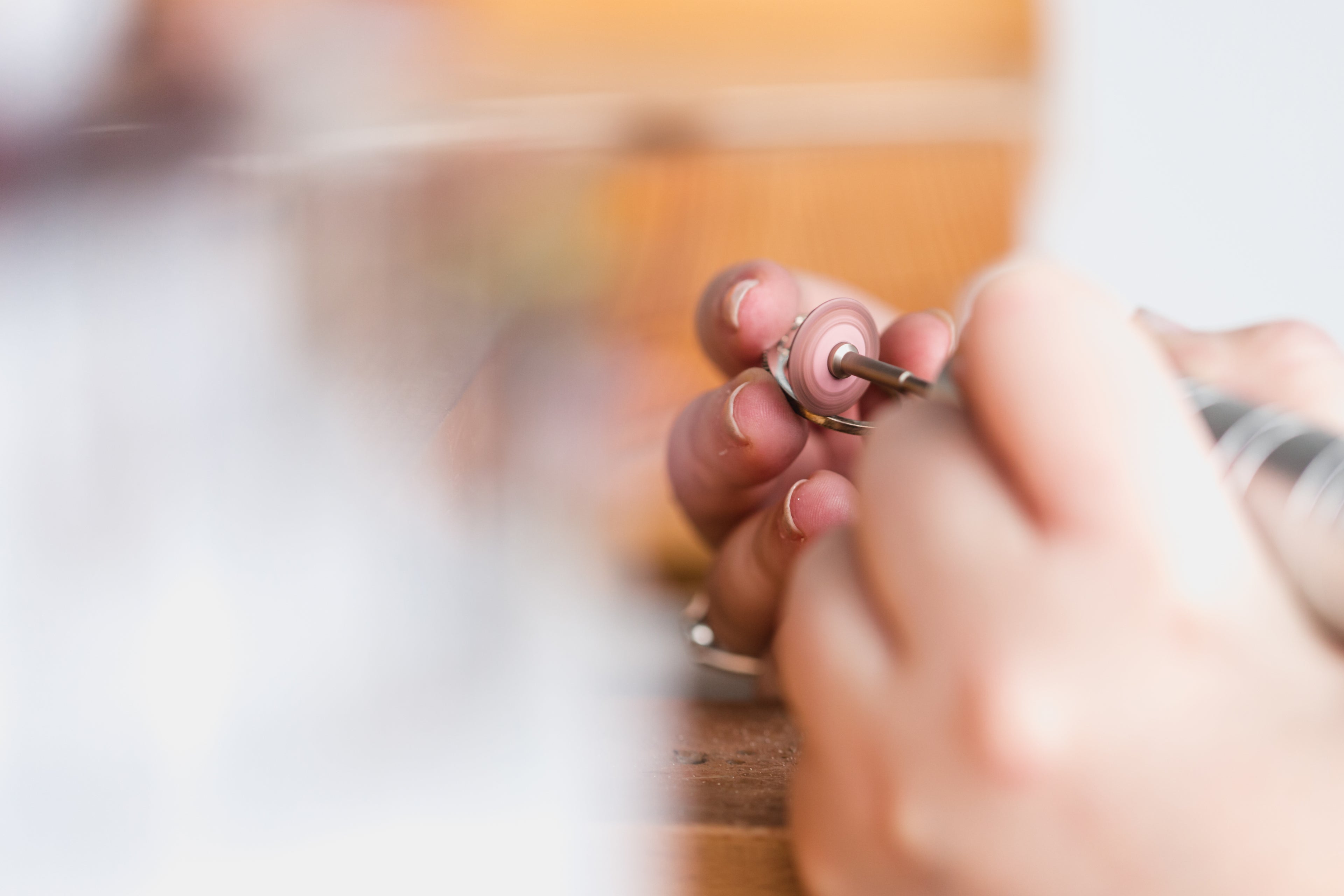When it comes to choosing the perfect diamond, understanding the Four Cs—cut, color, clarity, and carat weight—is absolutely essential. These aren’t just technical terms thrown around by jewelers; they’re the foundation for determining a diamond's quality, brilliance, and value. Whether you’re buying a diamond for a once-in-a-lifetime engagement ring, a special occasion, or simply treating yourself, knowing these four factors will help you find a piece that speaks to you. Let’s explore the Four Cs together, so you can make a decision with confidence, knowing your diamond is as unique and beautiful as you are.
Cut: The Sparkle Factor
The cut of a diamond is where the magic truly happens. It’s not just about shape—it's about how well the diamond interacts with light. This is the one C that’s determined by craftsmanship, and I always tell my clients that a well-cut diamond will outshine others, no matter the size or color. The cut dictates how light travels through the diamond and bounces back, giving it that signature sparkle that catches everyone’s eye.
When we talk about "cut," we're talking about how well the diamond's facets have been angled and polished to reflect light. A diamond with an Excellent or Very Good cut will reflect light beautifully, creating that fire and brilliance we all love. On the other hand, a Poor cut will look dull, no matter how perfect the other Cs may be. So if you’re looking for that dazzling sparkle, prioritize the cut—it truly makes all the difference.
Color: The Quest for Purity
When it comes to color, diamonds are graded from D (completely colorless) to Z (usually a noticeable yellow or brown tint, although these grades can also apply to fancy colors like pink, blue, or canary yellow). Most people don’t realize that when shopping for a traditional white stone, the less color a diamond has, the rarer—and therefore more valuable—it is. But unless you’re looking at diamonds side by side, you might not notice the difference between a D color and a G or H diamond, especially once it’s set in a ring.
I often recommend near-colorless diamonds (G-J) because they offer excellent value and still appear beautifully white, especially in settings that enhance their brilliance. Diamonds with a slight hint of color can even take on a warm, vintage look when set in yellow or rose gold, which can be lovely if that’s your style.
Diamonds, with their perfect crystalline structure, refract light in a way that makes color—or the lack thereof—so important. A colorless diamond allows light to pass through it with minimal absorption, creating that iconic fire and brilliance. It’s one of those subtle details that makes a huge difference in how a diamond looks when it catches the light.
Clarity: Finding Flawless Beauty
Clarity refers to the internal and external imperfections in a diamond, known as inclusions and blemishes. No diamond is perfectly flawless (except in very rare cases), but most imperfections are so tiny that they’re invisible to the naked eye. The clarity scale ranges from Flawless (which means no inclusions or blemishes visible under 10x magnification) to Included (where imperfections are visible without magnification).
I always tell my clients that clarity is one area where you can be flexible, especially if you’re looking to stay within a budget. However, it's important to find a stone with the right kind and placement of inclusions. A diamond with a VS1 or VS2 clarity grade offers a beautiful balance—there may be tiny inclusions, but you’ll never see them without a jeweler’s loupe. With a little expert setting, any blemishes can even be disguised under a prong where they won't detract from the stone's beauty. These diamonds still look stunning, and you can often invest in a larger stone or a higher cut or color grade instead.
Diamonds form deep within the earth, and inclusions are nature’s way of leaving a little fingerprint behind. These unique formations don’t have to be seen as flaws; they’re part of what makes each diamond one-of-a-kind. The key is finding a balance between clarity and value, so your diamond looks its best while staying within your budget.
Carat Weight: Size Isn’t Everything
Carat weight refers to how much a diamond weighs, and while it’s often thought of as the diamond's size, it doesn’t tell the whole story. One carat equals 200 milligrams, but two diamonds of the same carat weight can look very different depending on their cut. This is where the other Cs come into play.
A well-cut diamond can look larger than its actual carat weight, while a poorly cut diamond can appear smaller, even if it weighs the same. It’s important to balance carat weight with cut, color, and clarity to ensure you’re getting a diamond that looks beautiful and fits your style and budget. Don’t be afraid to choose a slightly smaller diamond with better cut or clarity—the difference in sparkle is often more noticeable than a few millimeters in size.
If you must have a larger stone, you can also look for a stone that's "spready", that is, the cut is a little shallow, so it appears a bit bigger from the top. You may ultimately sacrifice a bit of sparkle, but it will take up more real estate on your finger.
Why the Four Cs Don’t Apply to Other Stones
The Four Cs are specific to diamonds because of their unique crystalline structure and light-reflecting properties. Other gemstones, like sapphires, emeralds, or rubies, are graded differently. For instance, while color is crucial for both diamonds and sapphires, inclusions in emeralds are almost expected and don’t necessarily decrease their value.
Each gemstone has its own set of characteristics that determine its value and beauty, so the rules change depending on the stone. That’s why it’s important to work with a jeweler who understands the unique qualities of each gemstone and can help guide you toward the best choice for your needs.
What About Lab-Grown Diamonds?
Lab-grown diamonds have been gaining popularity in recent years, and for good reason. They are chemically, physically, and optically identical to natural diamonds, but they come with a lower price tag and a more environmentally friendly production process. So how do the Four Cs apply to lab-grown diamonds, and are they a good choice for you?
The Four Cs Still Matter
When it comes to lab-grown diamonds, the Four Cs—cut, color, clarity, and carat weight—still apply, just as they do with natural diamonds. Lab-grown diamonds are graded using the same standards, so you’ll still want to consider these factors when selecting the perfect stone. You can find lab-grown diamonds with excellent cut, colorless grades, and high clarity, giving you the same beauty and brilliance as their natural counterparts.
Ethical and Environmental Benefits
One of the biggest advantages of lab-grown diamonds is their sustainability. These diamonds are created in controlled environments, which means there’s no need for mining. For many customers, knowing their diamond is eco-friendly and ethically produced adds significant value. Plus, because they’re grown in labs, there’s a greater supply, which makes them more affordable than natural diamonds of the same quality.
The Price Difference
Since lab-grown diamonds don’t have the rarity factor of natural diamonds, they typically cost 30-40% less. This can allow you to choose a larger diamond or one with higher grades in cut, color, or clarity, all while staying within your budget. For those who are more focused on getting the best quality for their money—or who prefer an ethically sourced option—lab-grown diamonds can be a fantastic alternative.
Are They Right for You?
Lab-grown diamonds are a wonderful choice for anyone looking for a beautiful, high-quality diamond at a more accessible price. If environmental impact or ethical sourcing is a priority for you, or if you want to maximize the Four Cs while staying within a budget, lab-grown diamonds may be the perfect option.
At Stradley & Daughter, we offer a selection of both lab-grown and natural diamonds, and we’re happy to help you find the one that feels right for you. Whether you prefer the history and rarity of a natural diamond or the eco-friendly appeal of lab-grown, we’re here to guide you through every step of the process.
Choosing the Right Diamond: Balancing the Four Cs
When it comes to choosing your perfect diamond, it’s all about balance. If you’re all about sparkle, focus on cut. If size is your priority, you might opt for a larger carat weight and balance that with a lower color or clarity grade. Here are a few tips I share with my clients:
- Always prioritize cut quality—it’s the key to a dazzling diamond.
- Consider near-colorless diamonds (G-J) for a great balance of beauty and value.
- Look for a clarity grade of VS1 or higher for minimal visible imperfections.
- Choose a carat weight that suits your style, but don’t overlook how cut and proportion affect the diamond’s appearance.
Why Choose Stradley & Daughter for Your Diamond Purchase
At Stradley & Daughter, we take pride in offering a carefully curated selection of certified diamonds that meet the highest standards of quality and authenticity. Our goal is to help you find a diamond that’s more than just beautiful—it’s meaningful. We’re here to guide you through the Four Cs, ensuring that you feel confident and excited about your choice.
One of our clients recently told us, “without having someone to help guide me through this process, I never would have felt comfortable buying a diamond online. The customer service was impeccable, and I felt informed about what I was getting at every step.” We love helping our clients find that perfect piece, and we’d love to do the same for you.
Click here for more client testimonials!
Discover Your Perfect Diamond
Ready to find a diamond that speaks to you? Book a consultation with Stradley & Daughter to explore our collection of certified diamonds, and let us help you discover the perfect addition to your jewelry collection.





